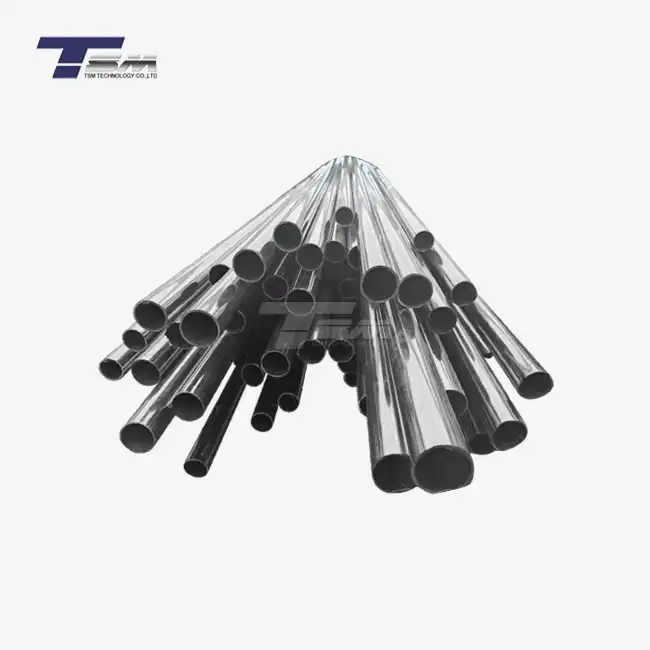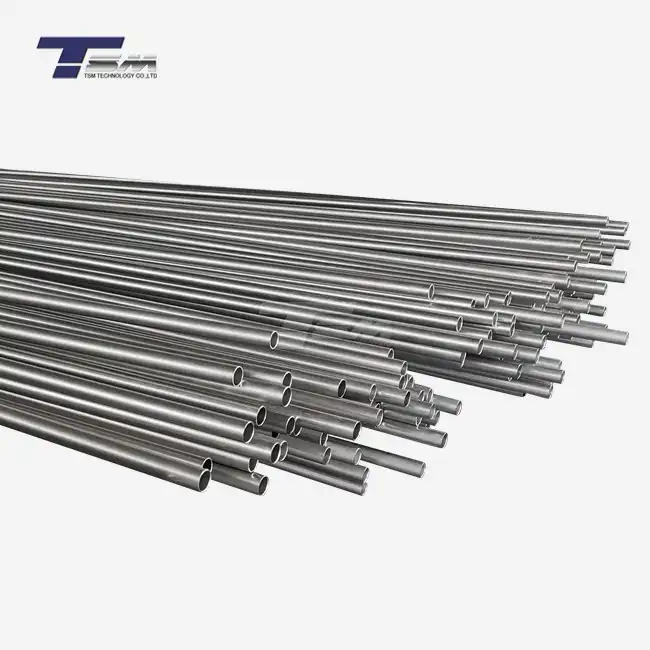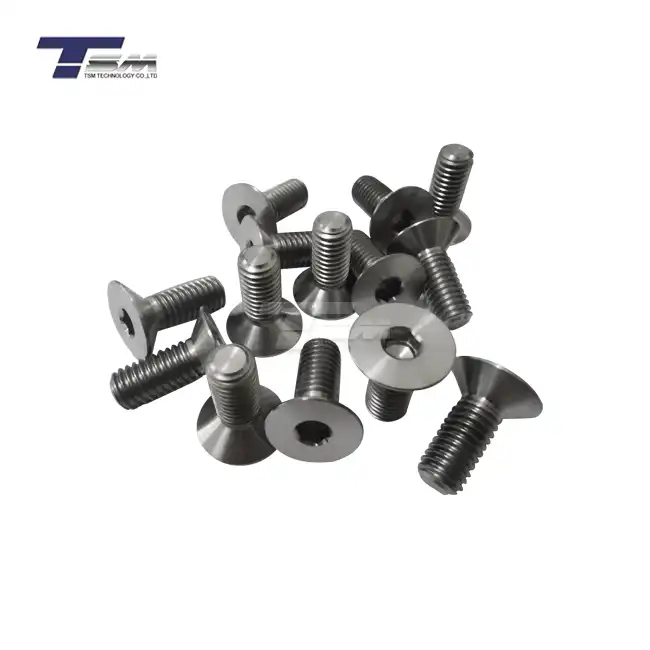- English
- French
- German
- Portuguese
- Spanish
- Russian
- Japanese
- Korean
- Arabic
- Greek
- German
- Turkish
- Italian
- Danish
- Romanian
- Indonesian
- Czech
- Afrikaans
- Swedish
- Polish
- Basque
- Catalan
- Esperanto
- Hindi
- Lao
- Albanian
- Amharic
- Armenian
- Azerbaijani
- Belarusian
- Bengali
- Bosnian
- Bulgarian
- Cebuano
- Chichewa
- Corsican
- Croatian
- Dutch
- Estonian
- Filipino
- Finnish
- Frisian
- Galician
- Georgian
- Gujarati
- Haitian
- Hausa
- Hawaiian
- Hebrew
- Hmong
- Hungarian
- Icelandic
- Igbo
- Javanese
- Kannada
- Kazakh
- Khmer
- Kurdish
- Kyrgyz
- Latin
- Latvian
- Lithuanian
- Luxembou..
- Macedonian
- Malagasy
- Malay
- Malayalam
- Maltese
- Maori
- Marathi
- Mongolian
- Burmese
- Nepali
- Norwegian
- Pashto
- Persian
- Punjabi
- Serbian
- Sesotho
- Sinhala
- Slovak
- Slovenian
- Somali
- Samoan
- Scots Gaelic
- Shona
- Sindhi
- Sundanese
- Swahili
- Tajik
- Tamil
- Telugu
- Thai
- Ukrainian
- Urdu
- Uzbek
- Vietnamese
- Welsh
- Xhosa
- Yiddish
- Yoruba
- Zulu
What is Cold Drawing? Which Materials need to be Cold Drawn?
Cold drawing is a metalworking process that shapes and refines metal by pulling it through a die at room temperature, enhancing its strength, precision, and surface finish. This technique is pivotal for producing high-quality rods, wires, tubes, and bars with exacting tolerances. Materials that typically undergo this process include superior nickel alloys like Monel, Inconel, Incoloy, and Hastelloy, alongside other metals such as stainless steel, copper, and aluminum. These alloys and metals benefit from cold drawing due to their need for enhanced mechanical properties, corrosion resistance, and dimensional accuracy, making them indispensable in precision engineering, aerospace, and energy sectors.
Understanding the Cold Drawing Process and Its Significance
The journey of transforming raw metal into a high-performance component begins with grasping the nuances of cold drawing. This section delves into the mechanics, benefits, and industries that rely on this meticulous process, shedding light on why it's a cornerstone of modern manufacturing.

The Mechanics Behind Cold Drawing
Cold drawing involves pulling a metal billet, rod, or wire through a series of dies, which are essentially hardened steel molds with a smaller diameter than the starting material. Unlike hot working processes, this occurs at ambient temperatures, preserving the metal's inherent crystalline structure while enhancing its tensile strength. The process begins with a lubricated metal piece, ensuring smooth passage through the die, minimizing friction, and preventing surface defects. As the metal emerges, it's elongated, its cross-sectional area reduced, and its surface polished to a mirror-like finish. This method is particularly effective for achieving tight tolerances, often within microns, making it ideal for precision engineering applications.
Benefits of Cold Drawing in Metalworking
Why opt for cold drawing over other forming techniques? The advantages are manifold. The process significantly boosts the metal's yield strength through strain hardening, a phenomenon where the metal's internal structure becomes more resistant to deformation. Additionally, the surface finish achieved is unparalleled, reducing the need for secondary polishing or machining. Dimensional precision is another hallmark, ensuring components fit seamlessly in complex assemblies. For industries requiring corrosion-resistant materials, such as those using nickel alloys, cold drawing enhances these properties by refining the grain structure. Moreover, the process is energy-efficient compared to hot working, aligning with sustainable manufacturing practices.
Industries Relying on Cold Drawing Techniques
The applications of cold drawing span a plethora of sectors, each demanding materials that withstand extreme conditions. In aerospace, cold-drawn nickel alloys like Inconel are used in turbine blades, where strength at high temperatures is non-negotiable. The energy sector employs Hastelloy tubes, cold-drawn for their resistance to corrosive environments in chemical processing plants. Precision engineering and machine shops globally depend on cold-drawn rods and wires for components requiring exacting tolerances, such as in medical devices or automotive parts. The versatility of this process ensures that industries needing robust, reliable materials turn to suppliers like TSM TECHNOLOGY, renowned for their superior alloy offerings.
Materials Suited for Cold Drawing and Their Applications
Not all metals are created equal when it comes to cold drawing. This section explores the specific materials that benefit most from this process, focusing on their unique properties and the applications that make them indispensable in high-stakes industries.
Nickel Alloys: The Pinnacle of Cold Drawing
Nickel alloys, such as Monel, Inconel, Incoloy, and Hastelloy, are prime candidates for cold drawing due to their exceptional corrosion resistance and mechanical strength. Monel, known for its resilience in marine environments, is often cold-drawn into wires for naval applications. Inconel, with its ability to endure extreme heat, is transformed into precision tubes for aerospace exhaust systems. Incoloy, valued for its oxidation resistance, finds use in heat exchangers, while Hastelloy, a champion against chemical corrosion, is cold-drawn into rods for reactor vessels. These alloys, supplied by industry leaders like TSM TECHNOLOGY, undergo rigorous quality inspections to ensure they meet the stringent demands of global markets.
Other Metals Benefiting from Cold Drawing
Beyond nickel alloys, a variety of metals reap the rewards of cold drawing. Stainless steel, prized for its durability and aesthetic appeal, is cold-drawn into seamless tubes for architectural and medical applications. Copper, with its superb conductivity, is processed into fine wires for electrical systems. Aluminum, lightweight yet strong, is cold-drawn into bars for automotive frames. Each of these metals benefits from enhanced mechanical properties, such as increased hardness and fatigue resistance, making cold drawing a preferred method for producing high-performance components. The choice of material depends on the specific requirements of the end-use, such as conductivity, weight, or environmental resistance.
Applications Driving the Need for Cold-Drawn Materials
The applications of cold-drawn materials are as diverse as the industries they serve. In the medical field, cold-drawn stainless steel wires are used in surgical instruments, where precision and hygiene are paramount. The automotive sector relies on cold-drawn aluminum bars for lightweight, fuel-efficient chassis. In the energy industry, cold-drawn Hastelloy tubes are integral to offshore oil rigs, resisting the harsh saline environment. Aerospace applications, such as jet engine components, demand cold-drawn Inconel for its ability to withstand thermal stress. These examples underscore the critical role of cold drawing in delivering materials that meet the exacting standards of modern engineering, with suppliers like TSM TECHNOLOGY at the forefront of innovation.
Choosing the Right Cold Drawing Process for Your Material
Cold drawing is not a one-size-fits-all solution. The success of the process hinges on tailoring it to the material's properties and the intended application. This section examines the factors influencing the cold drawing process, the challenges encountered, and how industry leaders like TSM TECHNOLOGY ensure quality and innovation.
Factors Influencing the Cold Drawing Process
Several parameters dictate the efficacy of cold drawing, including the material's ductility, die design, and lubrication. Ductility, or the metal's ability to deform without fracturing, is crucial - nickel alloys, with their inherent toughness, excel here, but require precise die angles to prevent cracking. Die design, including the reduction ratio (typically 20-30% per pass), influences the final dimensions and surface quality. Lubrication, often using specialized oils or polymers, reduces friction, ensuring a smooth finish. Temperature control is also vital, as excessive heat generation can alter the metal's properties. Understanding these factors ensures the process yields components that meet exacting specifications.
Challenges and Solutions in Cold Drawing
Cold drawing, while effective, is not without its hurdles. Work hardening, where the metal becomes increasingly brittle with each pass, can lead to cracking if not managed. This is mitigated by annealing, a heat treatment process, between drawing stages, particularly for alloys like Inconel. Surface defects, such as scoring or galling, can occur if lubrication is inadequate, necessitating rigorous quality control. Dimensional inaccuracies, though rare, can arise from die wear, underscoring the importance of regular maintenance. Companies like TSM TECHNOLOGY address these challenges through stringent inspection protocols, ensuring each cold-drawn product adheres to the highest standards, making them a trusted partner for precision engineering needs.
TSM TECHNOLOGY'S Role in Advancing Cold Drawing
Since its inception in 2011 in Hong Kong, TSM TECHNOLOGY has been a vanguard in the realm of superior nickel alloys and special metals. Their commitment to innovation is evident in their development of advanced cold drawing techniques, tailored to alloys like Monel, Inconel, Incoloy, and Hastelloy. TSM's rigorous quality control system, manned by professional inspectors, ensures that each product, from rods to tubes, meets global standards. Their continuous evolution, marked by the introduction of novel alloys, positions them as a leader in supplying precision engineering industries worldwide. By leveraging cutting-edge technology and expertise, TSM ensures that cold-drawn materials deliver unparalleled performance in the most demanding applications.
Conclusion
Cold drawing stands as a linchpin in the production of high-performance metal components, offering unmatched precision, strength, and surface quality. Materials like nickel alloys, stainless steel, copper, and aluminum benefit immensely from this process, serving industries where reliability is paramount. By understanding the mechanics, material suitability, and process intricacies, businesses can harness cold drawing to meet their engineering challenges. TSM TECHNOLOGY, with its unwavering commitment to quality and innovation, exemplifies how this process can be elevated to deliver superior results, ensuring components that withstand the test of time and environment.
Contact Us
For more information about our superior alloy products and cold drawing capabilities, please don't hesitate to reach out to our team of experts at TSM TECHNOLOGY. We're here to help you find the perfect solution for your precision engineering needs. Contact us today: info@tsmnialloy.com.
References
Callister, W. D., & Rethwisch, D. G. (2018). Materials Science and Engineering: An Introduction. Wiley.
Dieter, G. E. (1986). Mechanical Metallurgy. McGraw-Hill.
Groover, M. P. (2010). Fundamentals of Modern Manufacturing: Materials, Processes, and Systems. Wiley.
Kalpakjian, S., & Schmid, S. R. (2014). Manufacturing Engineering and Technology. Pearson.
ASM International. (1990). Metals Handbook, Volume 14: Forming and Forging. ASM International.
Hosford, W. F., & Caddell, R. M. (2011). Metal Forming: Mechanics and Metallurgy. Cambridge University Press.
Learn about our latest products and discounts through SMS or email



_1739072401467.webp)